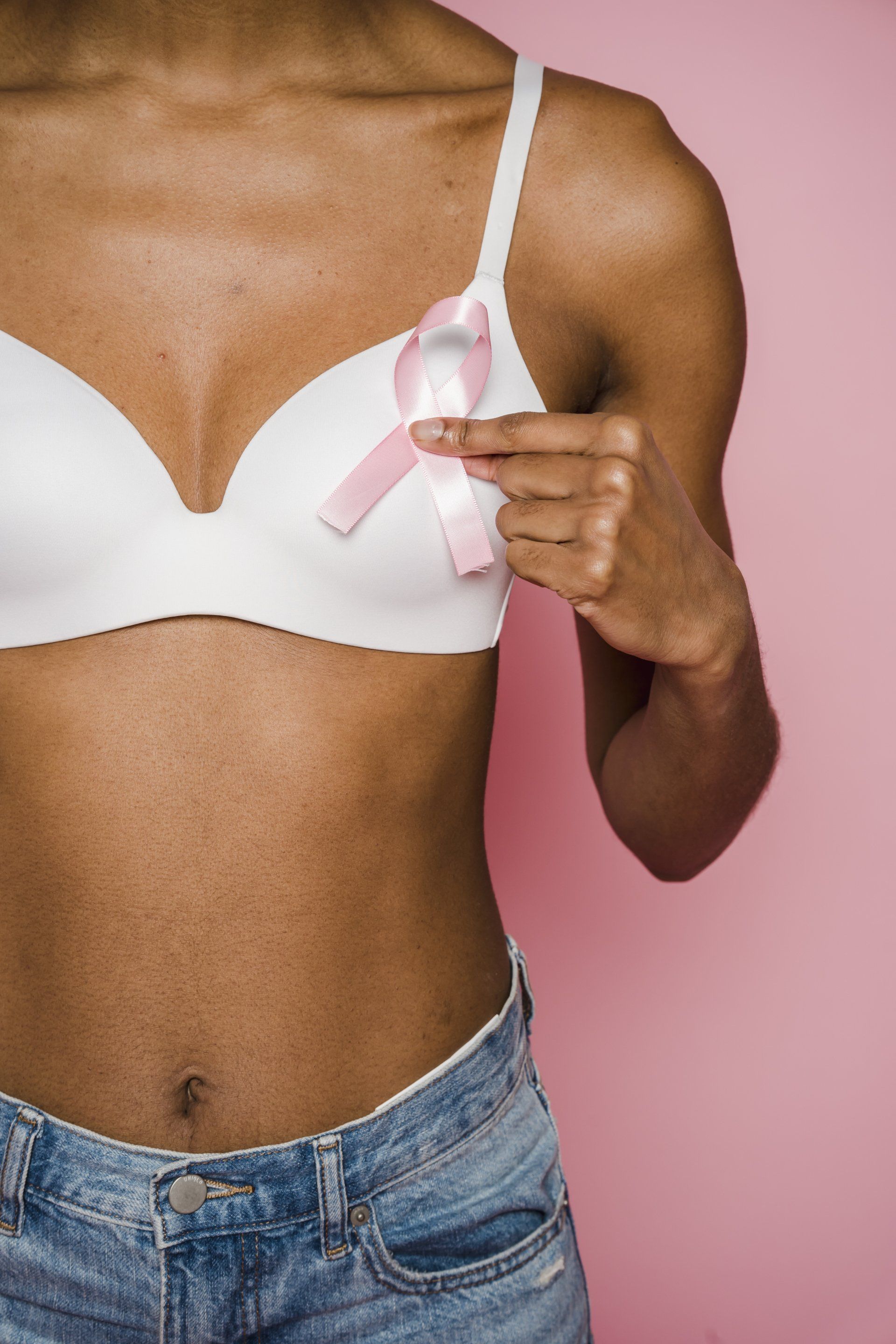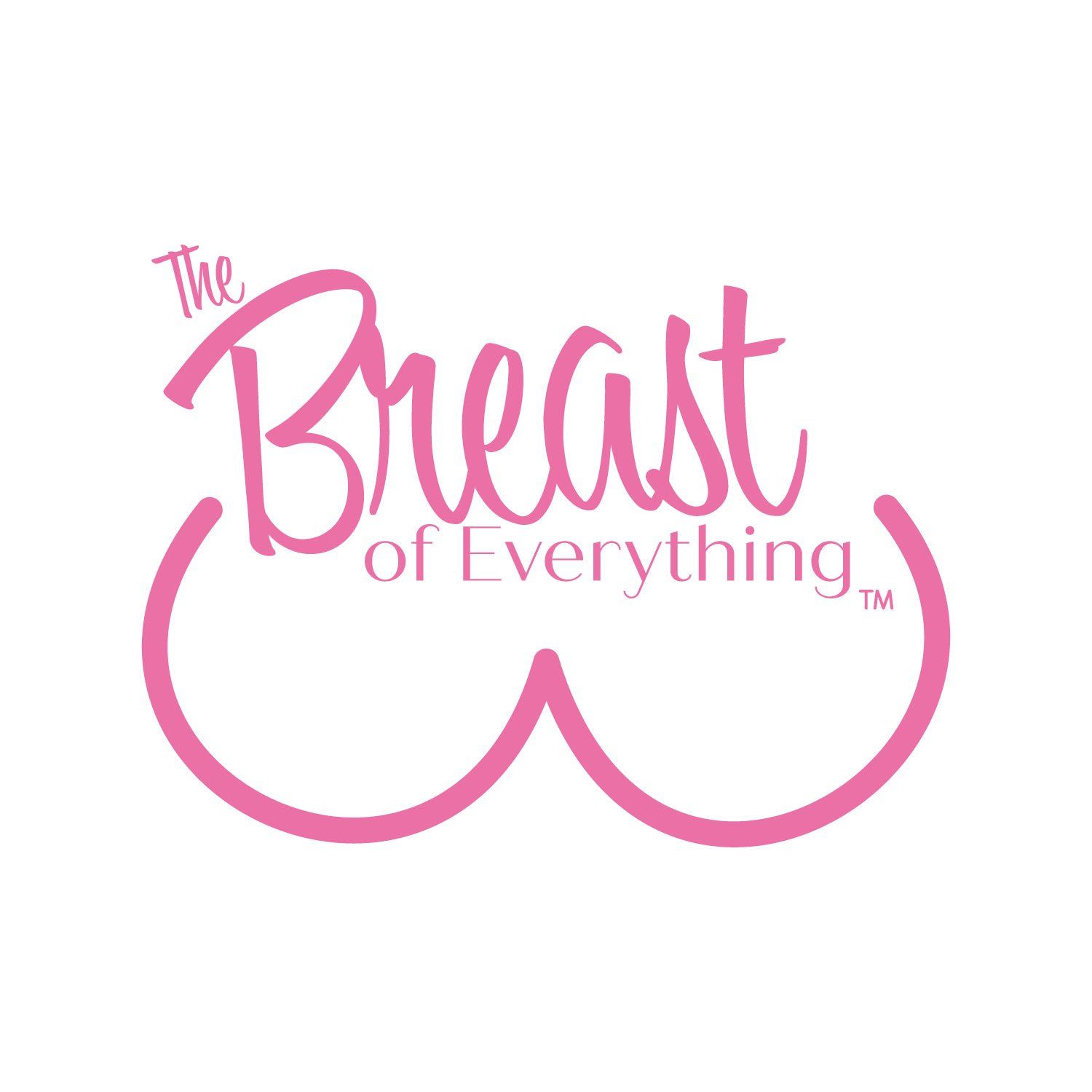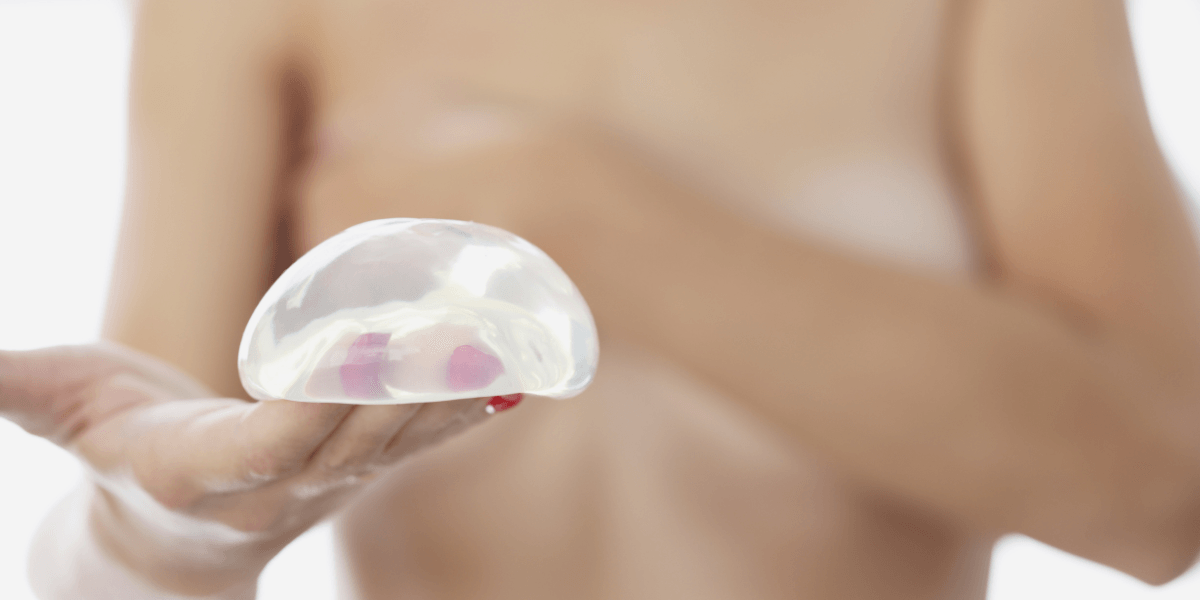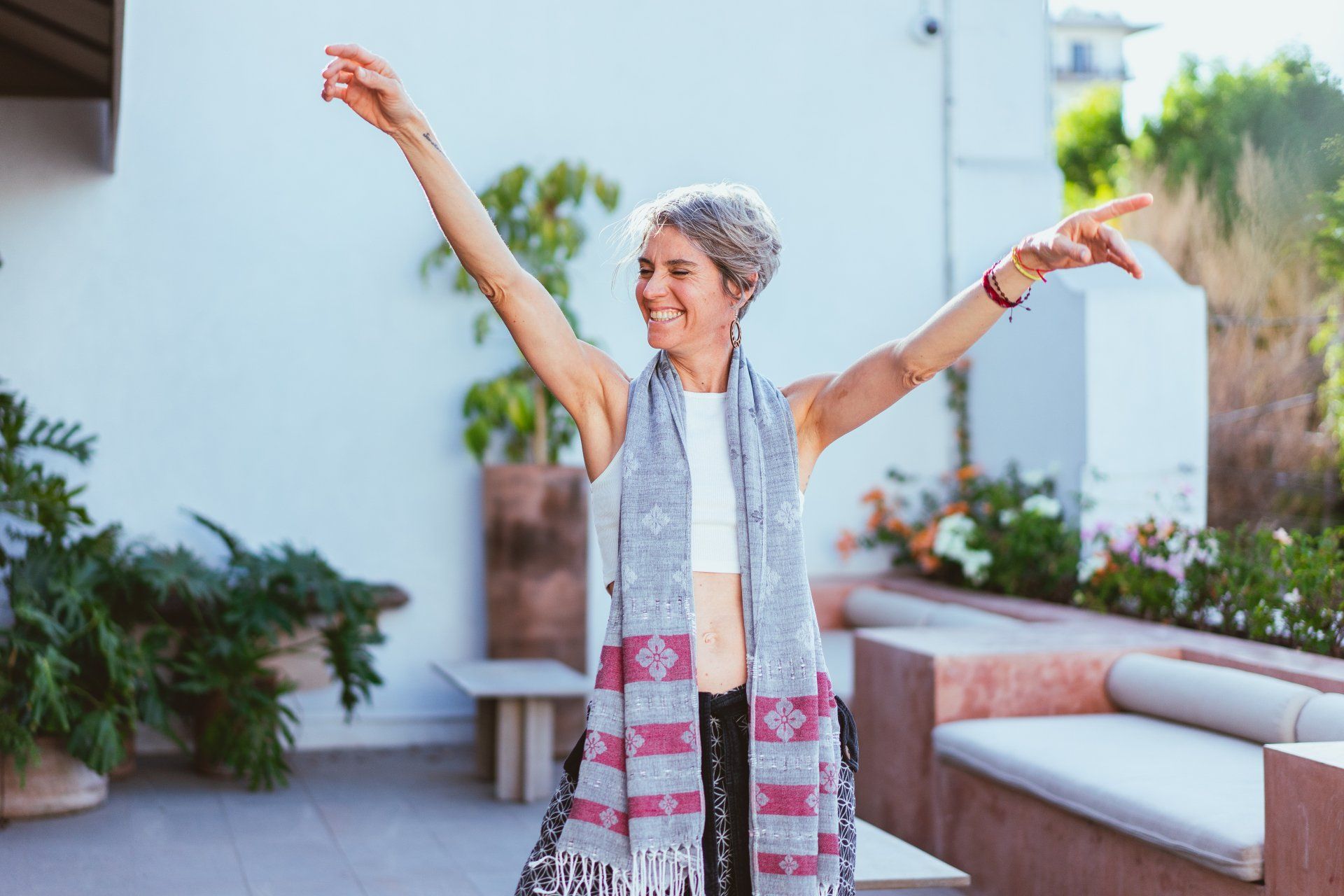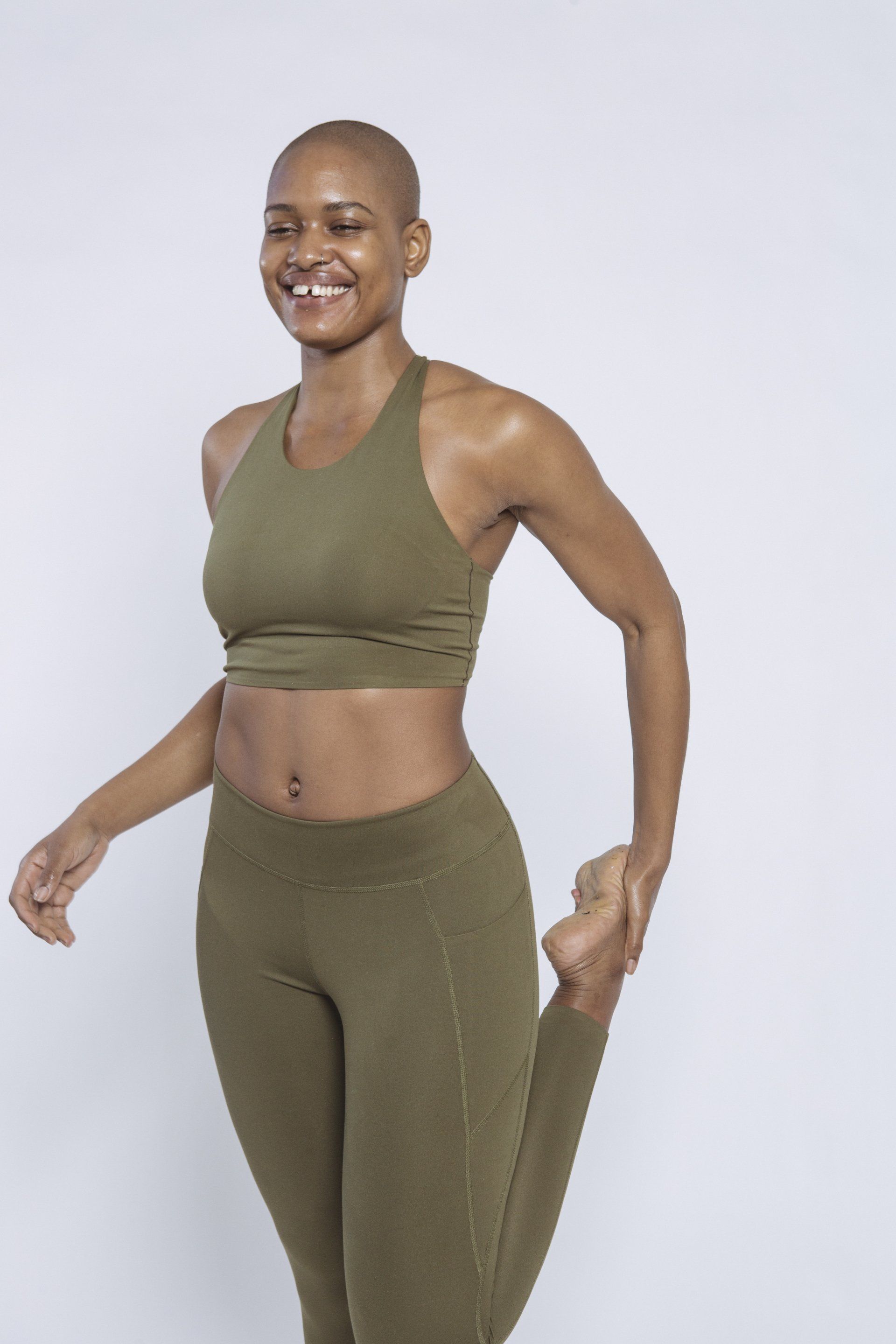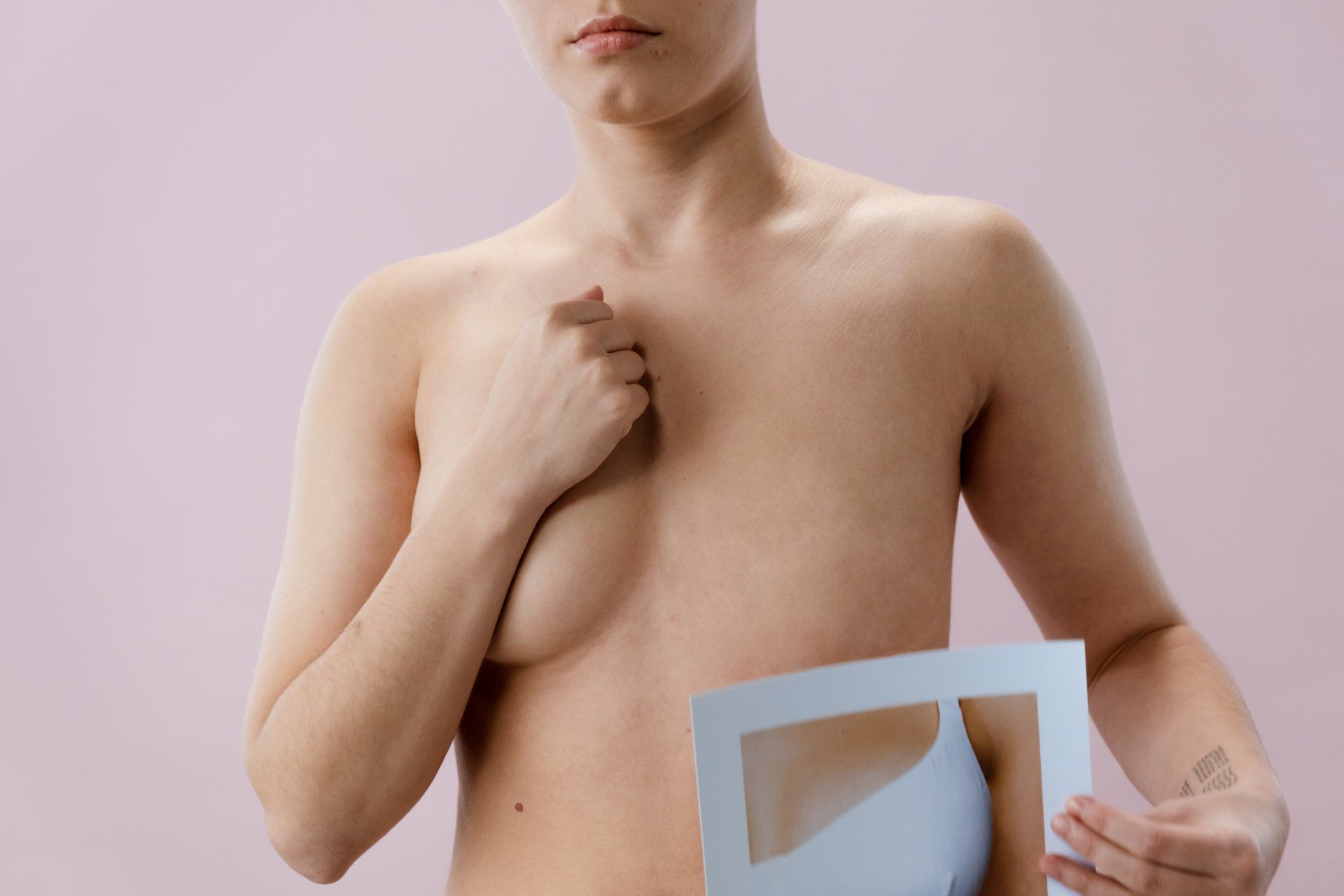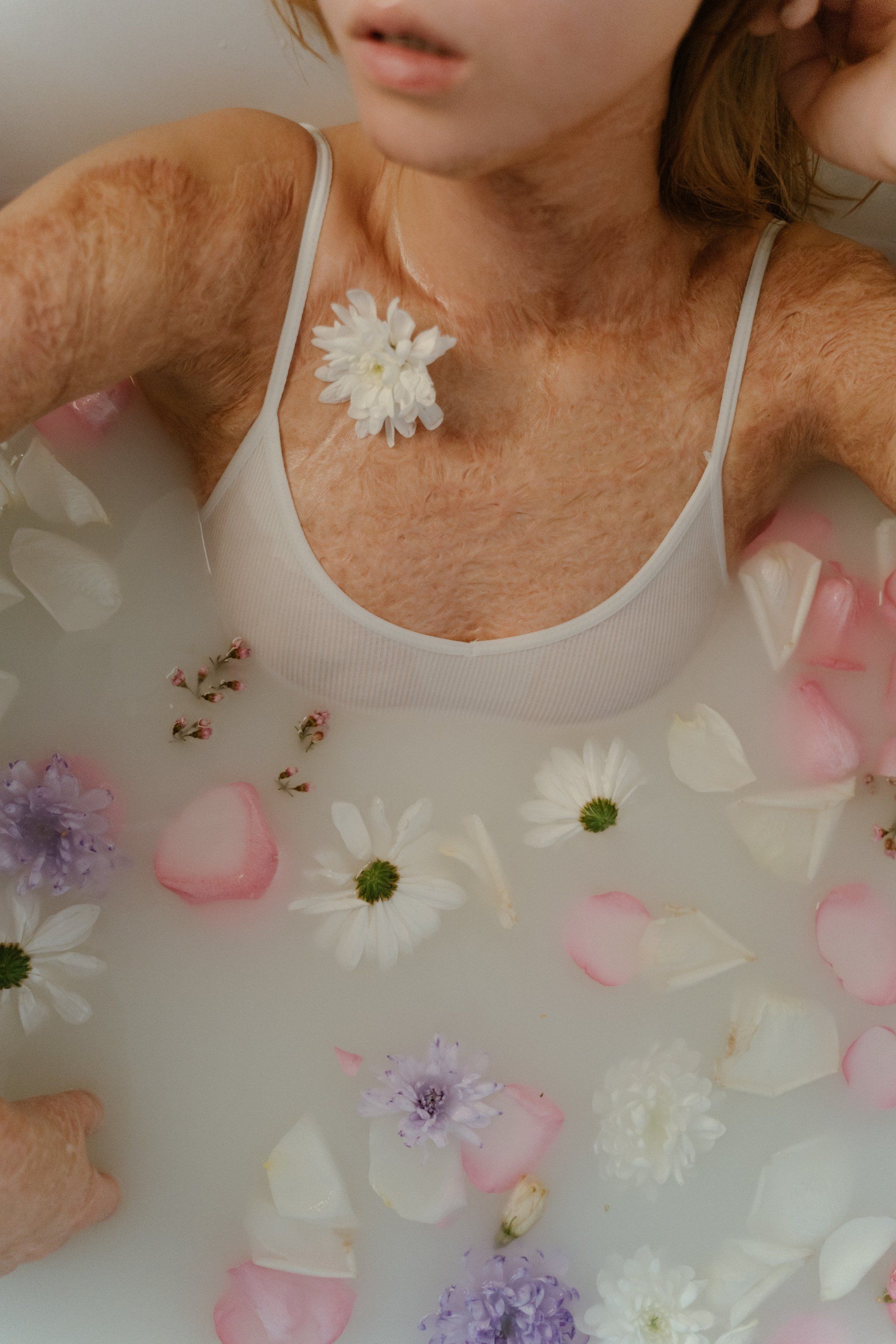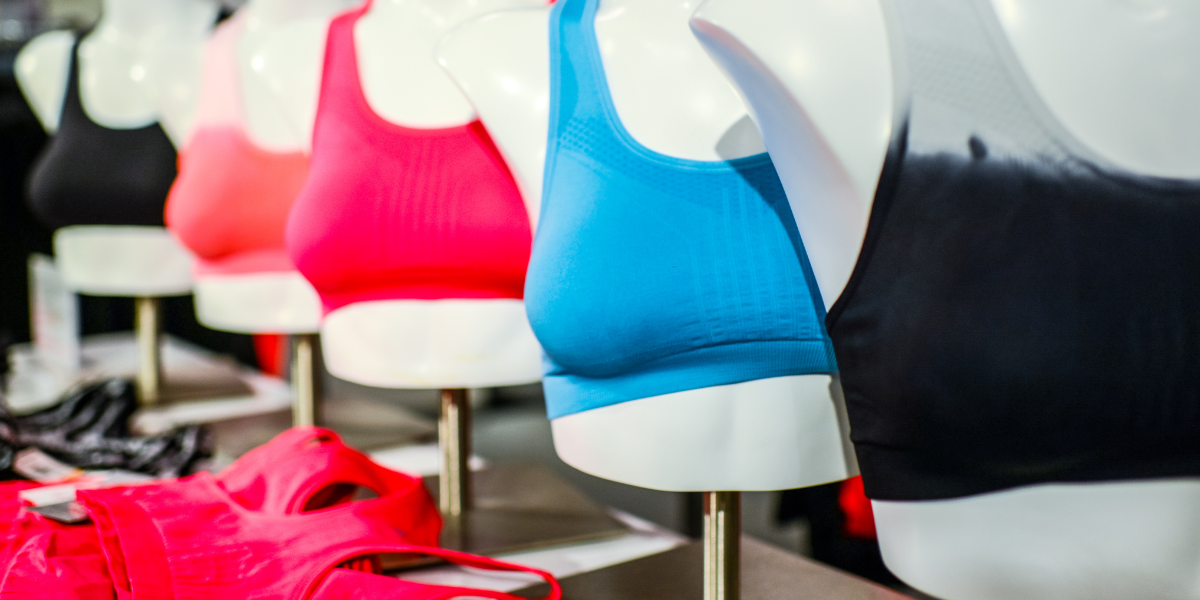Ultimate Breast Massage Guide: When, Why, And How To Do It
Our boobs look like bouncy fat-filled balls. But the truth is, their anatomy is more complicated than they look.
Underneath what seems like pouches of fatty tissues, our breasts are made up of an intricate network of muscles, lobules, lymph nodes, and blood vessels.
Not only that, our breasts are connected to the lymph nodes in our armpits, so it can widely affect the health of the different systems in our body.
For this reason, our breasts need to receive some loving too.
Enter the breast massage, which could be the solution our breasts need.
Don’t mistake it for a breast self-exam or a sensual massage. Instead, we’re talking about breast massage as an Ayurvedic practice that delivers many benefits.
With that said, it’s about time that we make breast massages a thing. Read on to find out the benefits of breast massage and when or how to do it.
RELATED: Common Causes of Sagging Breasts and Tips for Prevention
When, Why, and How to Massage Your Breasts
What Is a Breast Massage and How Does It Differ from Breast Self-Exam?
Contrary to popular belief, a breast massage differs from a breast self-exam.
Breast self-exam is crucial in breast health evaluation and breast cancer detection. When conducting this exam, you need to palpate the breast tissue and check your breast from all angles. In short, it’s not meant to be a relaxing experience.
On the other hand, breast massage is designed to be self-nurturing and soothing. It involves gentle massaging of the breast tissue using circular motions. Additionally, the practice is rooted in Ayurvedic Abhyanga massage.
While the massage is not medicinal, it can help promote physical, mental, and spiritual balance, leading to a wide array of health benefits.
When to Do a Breast Massage? (And When to Avoid It)
In general, breast massages are safe. Based on everything we’ve discussed, regular breast massage is also highly beneficial. That’s why it’s highly recommended that you perform a breast massage regularly—a few times a week or month.
But in addition to the benefits of breast massage, it’s also essential that you familiarize yourself with the few contraindications of breast massage.
Here are some of them:
- Breast Cancer or Surgery
You must exercise extreme precaution when it comes to handling your scars, lumps, or any parts of your body that have received radiation therapy.
- Mastitis
While breast massage can help ease breast soreness associated with mastitis, you must pay a visit to your medical practitioner first since you may need to take medications first to address the infection.
Why Do a Breast Massage? (And How to Do It)
A therapeutic breast massage is not just about relaxation or sexual-related activities. It can also bring a wide range of effects that can benefit all the things that make up the breast—muscles, lymph nodes, and many more.
With that said, check out the top breast massage benefits below:
- Better Lactation Experience
There are lots of ways lactating women can benefit from a breast massage. Here are some of them:
- Improved Breast Milk Flow
Gentle breast massage can loosen the breast tissues and help eliminate the hardened milk in the nipples, which might impede good milk flow.
That’s not all. Massages are also known to stimulate the release of oxytocin. This is the hormone that triggers the let-down reflex and causes the milk-producing glands in your breasts to contract.
- Less Breast Pain
In one study, a group of breastfeeding mothers was given breast massages twice a day 10 days after giving birth.
As per the results, these mothers experienced less breast pain while breastfeeding than the control group who hadn’t received the massage.
The circular motion employed during the massage helps loosen the plugged milk ducts, the number one cause of breast pain and soreness in breastfeeding mothers.
- Better Breast Milk Quality
In addition to boosting the quantity of milk, breast massage also helps improve breast milk quality.
One study shows that the breast milk from mothers who have received a massage produces better milk quality in terms of the solids and lipids content, gross energy, and casein concentration.
How to Do Breast Massage for Pumping Milk:
Step 1. Place the four fingers of your right hand at the top portion of your breast and the four fingers in your other hand at the bottom. Make gentle circular motions simultaneously.
Step 2. Slowly move your fingers to the sides of your breasts.
Step 3. For best results, perform hand expression in conjunction with the massage.
RELATED: Atypical Ductal Hyperplasia: What You Need To Know
- Early Breast Cancer Detection
Similar to a breast self-exam, a breast massage is also one good way to detect the presence of cancer.
Studies show that about 71% of breast cancer cases in women under the age of 50 are discovered during breast self-examinations.
Early detection of breast cancer can give you a better prognosis since it allows you to treat the cancer cells before it spreads. Because of this, breast cancer risk assessment through massage should be done regularly.
How to Do Breast Massage for Cancer Detection:
Step 1. Stand in front of a mirror and examine the appearance of your breasts. Check for changes in texture, color, size, or shape.
Step 2. Position one hand behind your end with your elbow pointing to the side.
Step 3. Using the first three fingers of your free hand, apply gentle pressure to one breast in a circular pattern. Do this on your whole breast—from your collarbone to the top of your abdomen to your armpit.
What exactly should you be looking for? Breast cancer may manifest as a hard lump in the breast or armpits. Also, be on the lookout for any thickening or swelling in any part of the breast.
You must also look out for other breast cancer symptoms.
Step 4. Repeat steps 2 to 4. This time, do it on your other breast.
- Lymphatic System Stimulation
There are breast tissues in the area under your armpit as well. In addition to breast tissues, you can also find lots of lymph nodes in this area.
The nodes are a vital part of the lymphatic system, which is also made up of a network of vessels that facilitate the collection, filtering, and flushing of excess fluids and toxins in the body.
Surgeries may cause damage to the lymphatic system, which causes fluids and toxins to build up. Eventually, this will cause swelling, commonly known as breast cancer-related lymphedema.
A lymphatic breast massage or manual lymph drainage can help eliminate the build-up, stimulate blood flow, and get rid of swelling.
How to Do Breast Massage for Lymph Drainage:
Step 1. Place your hand at the top of the breast on the opposite side of the body. The fingertips should be in your armpit while your palm must be resting on your chest.
Step 2. Use pumping motion to squeeze your breast.
Step 3. With the same pumping motion, move your hands towards the nipple.
Step 4. Extend the massage to your breast's inner, outer, and bottom parts.
Step 5. Repeat the steps on the other breast.
- Muscle Tension Relief
You might feel soreness in your breasts if you perform weightlifting exercises or pushups regularly. That’s because these exercises utilize your pectoralis muscles and a few minor ones located under your breast tissues.
The strokes involved in a breast massage can help eliminate the muscle tightness and soreness you’re experiencing.
How to Do Breast Massage for Relieving Muscle Soreness:
For muscle tension relief, you must focus on your pectoral muscles as well as your back, shoulders, and chest muscles. To achieve the best results, get a massage from a professional.
- Better Breast Appearance
Honestly, there is little scientific evidence about the effects of breast massages on breast appearance.
However, one study conducted in 2012 concluded that a 15-minute breast massage with bitter almond oil could diminish the appearance of stretch marks.
And since breast massage can increase blood flow, it may also help improve skin elasticity and breast tightness. On the other hand, further studies are needed to determine the effects of breast massage for firming saggy breasts.
Unfortunately, no studies prove that you can use breast massage to increase size.
How to Do Breast Massage for Tightening:
Step 1. Apply a few drops of almond oil into your hand.
Step 2. Massage breasts using gentle circular motions.
- Self-Love and Pleasure
Since breasts are involved, this massage can also be a form of sensual self-care practice. The body exposure during the massage creates a healthy connection between you and your breasts and promotes a more positive body image.
The simple skin-to-skin contact also stimulates the release of hormones like oxytocins and dopamine, referred to as love hormones.
Last and definitely not least, the massage lets you know your sexual desires better. It allows you to discover what kind of touch is pleasurable to you and what types of motions or movements should be avoided.
How to Do Breast Massage for Pleasure:
There’s no actual guide for this. However, you can massage your breasts in any way you wish so you can determine which motions work the best for you.
Final Words
With all its excellent benefits, you should make Ayurvedic breast massage a part of your self-care routine. The good news is you can perform this massage on your own in the comforts of your home.
But if you’re not confident in doing the massage, it would be best that you seek the help of a licensed massage therapist or any wellness professional. If you also have any of the contraindications we’ve mentioned, it would be best to seek the go signal of your medical care team before proceeding with your session.
Up Next:
- Firm Breast Workout: 6 Chest Exercises to Lift Breasts
- The Importance Of Preventive Health Care For Women
- 8 Ways To Stay Away From Dry Sensitive Skin
